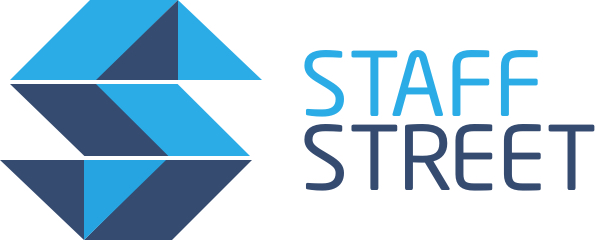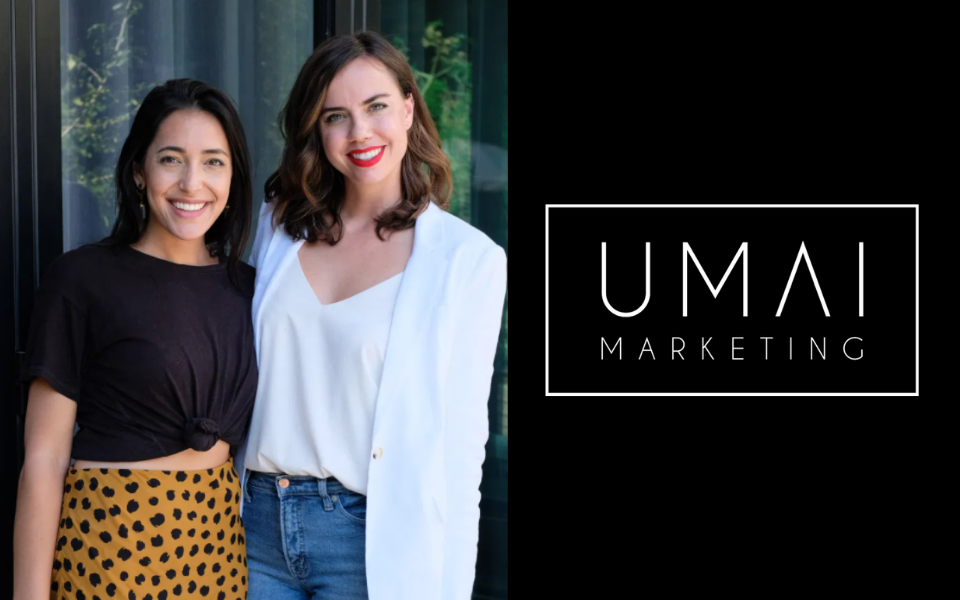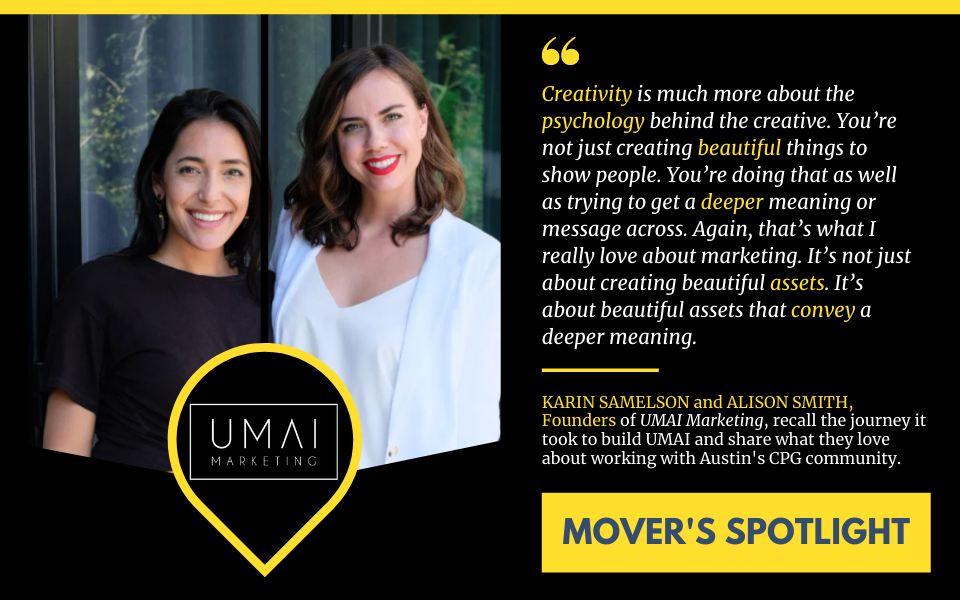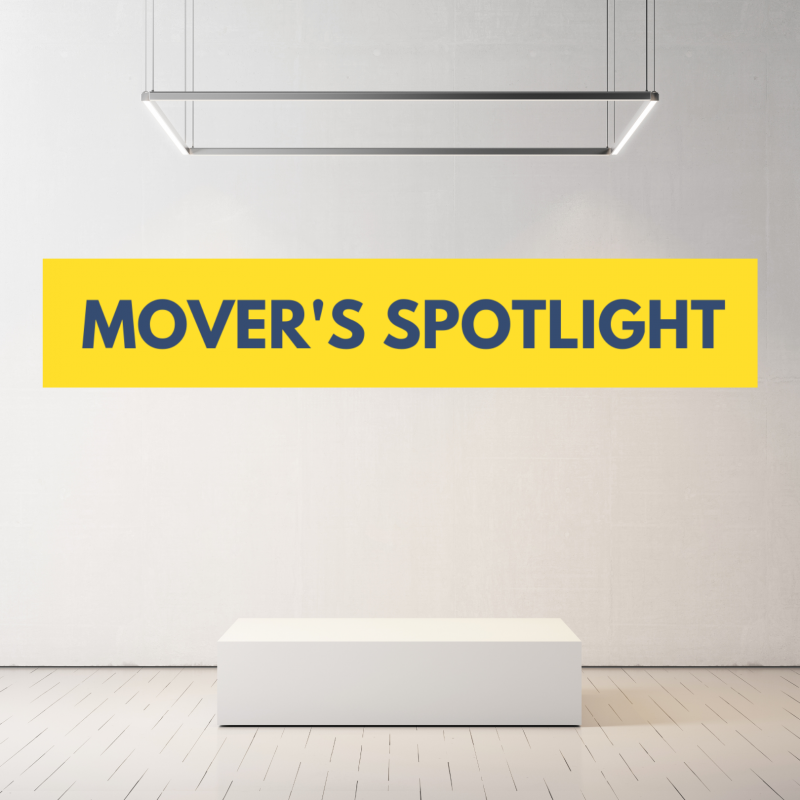So, most of the time you guys put the spotlight on your partners and the brands that you work with. Today, we get to put the spotlight on you. So, let’s get to know you first. Very briefly, where were you guys before you built UMAI Marketing?
Alison Smith: Right before UMAI Marketing, I was living in Vietnam working for this business teaching people how to launch online stores. We mostly used Shopify and taught people how to start their own businesses. I met the founder of the company in Vietnam and worked with them for a few years. We ended up growing the business pretty quickly and thereafter brought it back to Austin to grow the team. So, I went full circle, from Austin to Saigon and then back to Austin.
During that time, I was their Director of Marketing, and I learned all that I could: about marketing, helping people build businesses, and so on. And I realized, I loved helping people. I like the constant education and the marketing and I was able to do a lot of that with that company. So, the obvious next challenge for me was to start something on my own.
Karin Samelson: Right before UMAI Marketing, I was working with different CPG brands. I got my start in CPG working for Vital Farms, then I went to Nulo Pet Food to lead their digital marketing efforts. After a couple years, I was laid off.
Austin has a huge CPG community. The prior mentors I had were always saying that so many CPG brands needed social media help. That they didn’t know what they were doing. So, that opened up an opportunity for us. Alison herself was ready for something new. So, we partnered with one another and started offering a full suite of capabilities for these folks. And everything started from there.
So,very briefly, what do you guys at UMAI Marketing offer?
Karin Samelson: So, we call it the Core 3. It includes organic social, paid social, and email marketing, which are at the core of what we do. We also do things like influencer marketing, but we’ve worked that into our organic social strategy.
Have either of you always wanted to work in the food industry, or did you guys work in other fields or other categories of CPG?
Alison Smith: Karin introduced me to the CPG community here in Austin, which is tight-knit and consistently growing. It’s a pretty interesting space. It’s so interesting going from just being a consumer, where you just see beautiful food on the shelf, to now knowing how much work and effort goes into getting that product out there—I was sucked in. I love that CPG marries the branding, the packaging design, the product development, with the analytics of marketing. Personally, I never wanted to get into this industry until I really got an insider view. And now I think it’s a really good space to be in.
What about you, Karin? Did you always want to work in the food business in some capacity?
Karin Samelson: I didn’t know what I wanted. Even through college. It was when that opportunity with Vital Farms came along and I was like, “This is so mission-based. This company wants to change our food system.” And being in that company in particular was inspiring. It put a fire under me to work with better-for-you food and beverage brands. We don’t only work with food and beverage. It’s all kinds of CPG brands: beauty, wellness, household supplies, etc. Things like that. It’s just that Austin is so rich with food and beverage companies that the majority of our clients are from food and beverage.
You have a very close relationship with your city, Austin. What’s your favorite thing about working with companies, and how would you describe the industry in Austin?
Karin Samelson: It’s just really rich with entrepreneurs who have a mission to do good and do better and make better things. I know that there are little hubs everywhere, in San Francisco, Boulder, and New York City. But it’s nice that Austin is a fairly small city and it’s booming with people trying to make better products. There are organizations like Naturally Austin and SKU who help build communities around this industry.
Alison Smith: Something else to add is there’s not a competitive nature here. There are so many brands, so many start-ups. But instead of acting like “That’s your competition, keep your secrets guarded”, everyone shares tips and strategies. I think that’s really neat. I have never been in an industry where competitors are treated like your friends and neighbors.
On your website you guys have The Consumer Goods Growth Course. What is unique about the growth and development services you guys offer at UMAI?
Alison Smith: What we do with The CPG Growth Course is we solidify and teach the three levers of social and digital marketing that work. When we apply these three levers to any client, small, medium or large, they create an efficient marketing machine that grows your business. There are, like we mentioned, so many up-and-coming brands who have great products. But they can’t afford to hire an agency or hire people. So, we wanted to create something that they can learn and apply themselves. The goal is to get their business to the next level so that they can get funding, they can hire people, they can hire an agency, and they can experience growth.
Karin Samelson: If you are pulling these three levers efficiently, that’s when we see growth.
So, if a potential client comes to us saying they just want paid advertising, we unfortunately have to say we can’t do that. It’s all-or-nothing because of how important it is to do everything well and do them simultaneously and cohesively.
Tell us a little bit about the team that you guys have. You work with four other professionals, right?
Karin Samelson: We have a whole team, yes! We have our marketing manager, Holly Ratcliff, who is an excellent copywriter and has a creative eye as well. Then, we have our content coordinator, Carley Jones, who is great at content organization. Our community specialist, Danielle Ortiz, takes charge of all the community engagement and influencer programs. Organic social community engagement is so vital and it’s something that a lot of people miss. So, Danielle engages with a lot of our followers and potential followers. And we have a part-time graphic designer, Raphaella Chang, who is actually based in Taiwan.
Prior to the pandemic, were you guys working in an office or were you always built to be remote?
Karin Samelson: Built to be remote. We’re not office people. Well, I always was. But Alison lived in Vietnam. She did a lot of things remotely. And it was inspiring that she could do whatever she wanted and still work full-time and still make a living. That’s kind of what we wanted to have with UMAI Marketing, a work-from-wherever as long as you get the work done.
Ultimately, what do you think makes you guys work so well together? Do you all have the same creative principles or do you guys have the same energy? And how do you guys keep it together while working remotely?
Alison Smith: We’re obsessed with each other. We really have a cool and badass team – we got kind of lucky with that. But I think a big thing that Karin and I believe in is transparency. We’ve worked for people who didn’t make us feel like we were fully in the loop. So, we made sure to bring a depth of transparency to our team. We communicate everything to them. And we always ask for their input because we really did hire people who are a lot smarter than us.
Karin Samelson: We all bring something different to the table. We’re all different and we all have different skill sets as well. And I think it’s super important to have people who are not exactly the same on the team. That has worked to our benefit.
Alison Smith: Also, a big reason why we can all be remote is we are constantly creating systems. We have a project management software that we use. But beyond that everyone on our team knows how to create systems. We put these systems in a document to share with everyone. Which results in less questions and more efficiency.
Walk us through what 2020 was like for you guys. Was it a year of challenges, changes or opportunities?
Karin Samelson: We were very fortunate. And I’m sure you’re talking with CPG and Food & Beverage people who are, hopefully, saying similar things. For a lot of UMAI Marketing clients, when the pandemic hit, the personal impact was obviously different. But business-wise, most of our clients saw a boost in sales. Because people couldn’t get to the grocery store, they had to turn to e-commerce to make their purchases. And that gave us a lot of opportunities. We were fortunate enough not to see a decline in our business. But again, food and bev is different from other aspects of the food industry—like restaurants.
I recently spoke with a CEO who said that even though the CPG sector was left relatively unscathed by the pandemic, the food business ecosystem had changed dramatically. Restaurants are key places for experiencing some of the products that people sell. Did you observe something similar with your clients, in terms of related industries?
Karin Samelson: Our clients don’t do food service. We do work with an alcohol brand now that has a distillery and an attached restaurant. But we weren’t with them when the pandemic hit, so I’m not quite sure how it impacted their sales. None of our clients are heavy on food service so that wasn’t a pain point for us, personally.
Alison Smith: UMAI Marketing is really more focused on direct-to-consumer. I would say that our biggest pain point that we noticed is our clients, of course, also have retail components. And it was difficult for a lot of them to conduct trials, do in-store demos and so on. That was the biggest hurdle we saw. And the question we got was how to get people to do trials.
And what strategies did you guys develop that you think helped your clients fill that void of no-trials, no in-store experience?
Alison Smith: The biggest thing that we could do was grow the e-commerce side of their business. Any budget that could be reallocated from retail was funneled into growing the e-commerce component.
Karin Samelson: There was no simple way to get samples into people’s hands, because it’s expensive to put them together and expensive to ship them. It’s not as easy to go to a store and fill the little sample cups full of food anymore. So, the biggest thing we worked on was not to replace that sampling experience, but to supplement the loss of face-to-face interaction with customers. The biggest thing that we say, time and time again, is that the video format is so huge, especially in getting the customer connected to the face behind the brand. Especially with small and medium sized business. They need to figure out ways to connect with their audience beyond face-to-face interactions – and video is a great way to do that.
We’ve asked different CEOs about creativity. I listened a little bit to your podcast and I became a fan. You have a lot of stories about traveling Vietnam and working in fashion and chicken farms and taking all these really fun crazy roundabouts on your way to building something of your own in UMAI Marketing. When you look back on these memories, how have these experiences shaped or informed your creative instincts?
Karin Samelson: I would say that working in the fashion industry was a good introduction to office life and working with people. I don’t know how much it opened up my creative instincts, because it was more like I was leading myself.
But in my experience, moving forward with Vital Farms became a great chance for me to learn from really talented and creative people and really hone in on the “why” behind the brand when marketing. When we would talk about the difference between our products and others and how it directly impacted the livelihood of the animals that provide for us, it was a good way to make the connection for the consumer to say, “Oh, that’s a product I buy on the shelf. Maybe I should be paying attention to animal welfare and buying something else.”
Creative thinking was an essential aspect of working with a brand that isn’t what you’d normally consider glamorous. But they are wildly successful now. That way of thinking really worked for them. Does that answer your question?
Yes! But I also want to know, how does it circle back to you? Did your work experiences change your creative energy, or have you always been a certain type of creative?
Karin Samelson: I was really fortunate to have taken several photography classes in high school. In college, I studied journalism, so I did a lot of copywriting and took several web development classes. So, I feel like I was set up for a bit of success moving into marketing as a profession. But I can’t think of one instance that spurred this creativity.
What about you, Alison? Did your travels and your different jobs shape your creative outlook?
Alison Smith: I didn’t have a clear path. I studied political science in college, but somehow got an internship in L.A. with a fashion design house. I pursued that for a bit. After that, I worked with two completely different brands – one did streetwear, where we dressed rappers and artists, and the other did pageant and prom dresses and dressed Miss Americas and Miss Universes. So, I would do a lot of photo shoots or style the showroom mannequins. The designer would come in and restyle, then, another person would come in and restyle.
What I got from that is everyone’s going to have a creative eye and have a different opinion. It doesn’t mean that you’re less creative. Or one person has a better eye than the other. Everyone’s eye counts, everyone’s creative brain matters, but we’re all going to be different. That’s what I’ve learned from being in that industry.
And then, being in the marketing side of things, I think creativity is much more about the psychology behind the creative. You’re not just creating beautiful things to show people. You’re doing that as well as trying to get a deeper meaning or message across. Again, that’s what I really love about marketing. It’s not just about creating beautiful assets. It’s about beautiful assets that convey a deeper meaning.
For an emerging brand, what are the two things they need to focus on when they’re entering this space?
Alison Smith: One thing that we see a lot in the CPG world is that people create products because they found a need. They couldn’t find that product so they created it basically for themselves. And a lot of times, the founders think that they’re their brand’s ideal customer. So, they don’t do the research to see who is actually buying the product. A lot of their marketing assets, their website, their design is catered to themselves. A big thing to do is to know your customer, to do your due diligence, hone in and find out who exactly that person is. A lot of times the message can get mismatched. You have to remember that you’re not always the ideal customer.
That’s pretty good insight.
Karin Samelson: That’s such a good note. I completely agree with that. And to play off of it, we see a lot of brands come around with a really good idea, really good mission, but the branding is dead. And that’s the first step for so many brands. So, you have to make sure that your branding pops off the shelf, that it’s going to be picked off the shelf. Because if it is not, it’s a battle you’re going to have to face. And, of course, make sure it tastes good – especially if it’s food and bev. Make sure it’s a good product. Do your due diligence. Make a lot of your friends and family taste it, and ask them to be brutally honest with you.
If you had one advice for your past selves, what would that be?
Alison Smith: Where to start? (laughs) Everything is a learning experience. If I didn’t go through those things and mess up, how would I get to where I am now? Maybe, I would give myself no advice. Just to fail more.
Karin Samelson: The list goes on for me (laughs). I wish my future self could give me advice right now. A reminder for everyone, for myself now, and for myself before, is that nothing is the end of the world. When I got laid off, man, that was the biggest blow to my ego. That was something I never thought would happen to me being a super Type-A person, rule follower. Know that everything happens for a reason, and things are going to work out. That’s something I could have told myself during that time.
Where is UMAI headed to in 2021? What are you guys looking forward to the most?
Karin Samelson: We’re excited for growth. We’ve been working our tails off in the past two and a half years. We’re looking forward to growth and to creating stronger systems. We have our UMAI Marketing CPG Growth Course that we want to keep growing. Hopefully that will become a big part of our business. That’s what I’m most excited about. Also, we’re looking forward to partnering with new brands. We always want to have five to six clients on our roster. And it’s always fun to get to meet new entrepreneurs and do different projects.
Alison Smith: All that, definitely. We’re hoping that we’re going to have more community this year. Last year, obviously, because of COVID, we didn’t have enough in-person events. We’re hoping that this year there will be more opportunities for building community and more connections. If that’s digital, awesome. If that’s in-person, cool. Just more ways to connect with our community as a whole.












